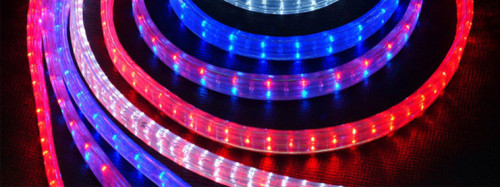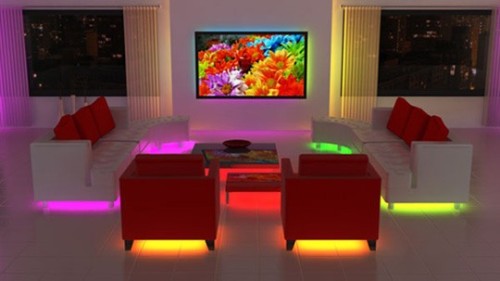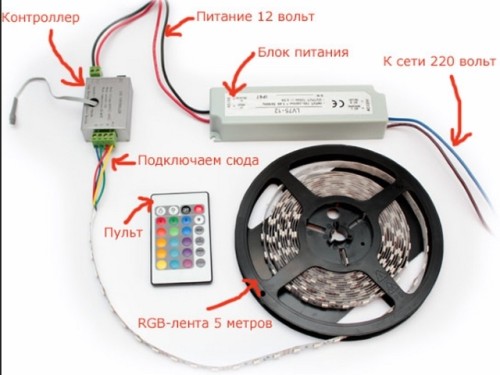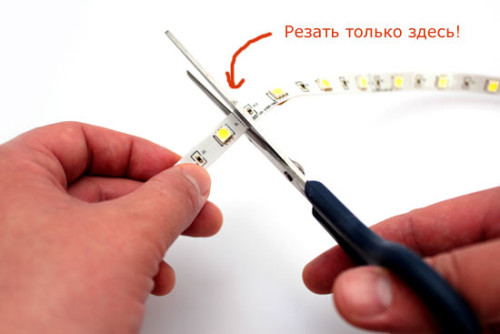
Decorative lighting in the interior with their own hands Lighting
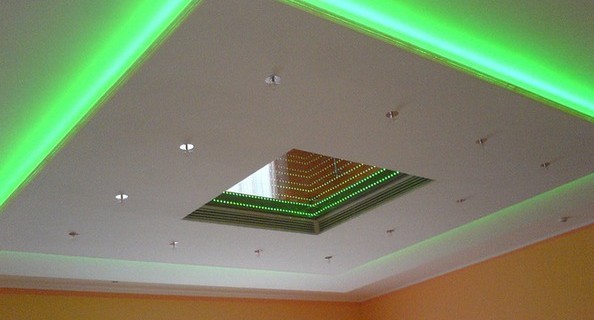
Successful design and installation of decorative illumination can be a highlight in the interior design. Unlike the main, such lighting is not intended to increase illumination, it should be advantageous to emphasize some elements of the premises. To achieve the desired result, several main techniques are used.
Content
Receptions and types of decorative lighting
- Multi-level decorative lighting and backlight. Ceiling lamps should be combined with wall braids and LED ribbons installed in the lower tier. Successful combination and separate use contributes to the creation of comfort.
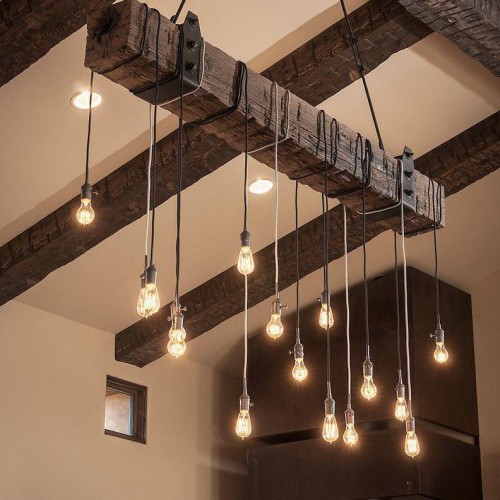
- Decorative lighting elements in niches. Illumination The statuette and porcelain in artificial recesses will allow them to be allocated in the interior. To do this, use dotted lamps, direction of directional light or LED ribbons.
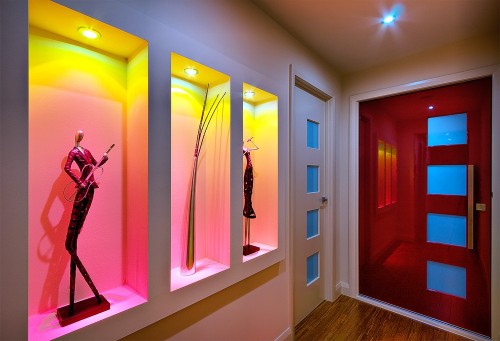
- Accented lighting: implies the use of lighting devices to highlight certain designer elements in the overall space.
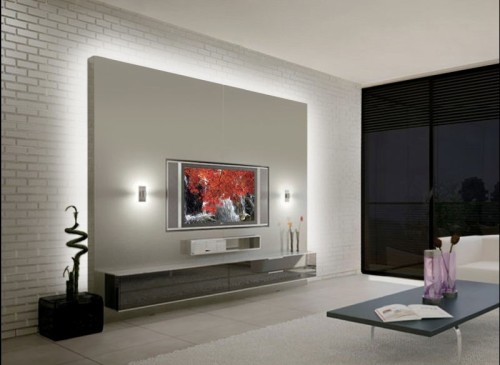
- Decorative interior lighting can be arranged using stearin candles. They are installed in outdoor, ceiling (suspended) or wall candlesticks.
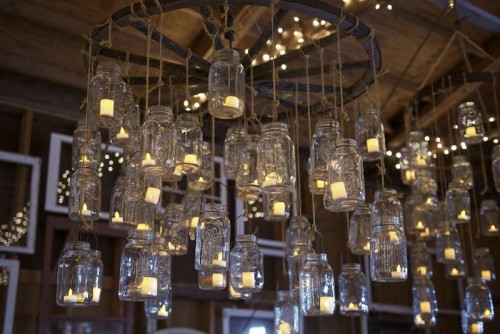
- Effective reception of decoration of the room is to highlight the shelves using a LED ribbon fixed below.
- Decorative LED lighting of the lower tier of the room (mounted under furniture and along the floor plinth) will help visually increase the height of the ceiling in the room and expand the space.
- Installation of point lamps with a side of the staircase marches and contempt: such a decision will emphasize the advantage of the architectural element.
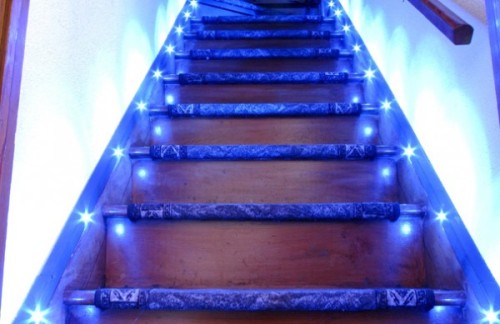
Decorative lighting of premises with LEDs
Modern lighting is provided by the designers wide opportunities. The implementation of original ideas becomes possible, thanks to the following advantages of LED.
- The ability to work with a critical reduction of the supply voltage.
- Do not need warming: ensure the maximum possible amount of light immediately after switching on.
- Can change the color of the glow and brightness when using special controllers.
- Security: Most LEDs work from a 1.5-12 voltage network, which makes it possible to install them anywhere. At the same time, it is necessary to place a downstream transformer in the fireproof zone.
- Easy design: LED lamps do not need regular maintenance.
- Efficiency: LED lamps do not emit thermal energy.
- LEDs work silently, do not generate ultraviolet radiation, do not contain harmful substances (argon, mercury, crypton).
- It takes a little place: compactness allows you to place LED lamps where the lamps of another type cannot fit. This allows you to carry out a hidden installation.
- Long service life: LEDs work several times longer than lamps of any other type.
Types of LED lamps used for apartment design
Lamps for decorative lighting based on LEDs are different types. The choice depends on the features of the interior and personal preferences. Manufacturers offer the following LED lamps designs.
- Suspended: Used for rooms with high ceilings. The light stream emitted by such lamps is better than in luminescent. In this case, electricity consumption is several times less.
- Embedded: installed in suspended, stretch ceilings and wall panels.
- Overhead: installed on modular ceilings using overhead mountings.
- Raster: go to replace luminescent lamps. Applied to design suspended ceilings.
- Outdoor and wall lamps: successfully complement the main lighting, highlighting the zone-defined zone.
- LED tapes: Apply to the interior lighting of the upper and lower perimeter of the room, the backlight of the furniture. They differ in the brightness of the glow (with the possibility of adjustment) and the variety of shades.
Tip: Choosing a ceiling LED lamp, you should pay attention to the ability to remotely control the mode of its operation using a special console.
Designs of LED lamps:
- tubes - installed around the perimeter of the ceilings, are used to decorate kitchen podiums;
- lamps - point lamps;
- ribbons and cords from LEDs (radius of illumination 120 and 360 °, respectively) - are installed on any surfaces.
Tip: When using LED tapes and cords, it is important to set them in such a way that light sources are not visible.
Practical use of LED lamps in the interior
Designers use LED lamps for interior design using the following main techniques.
- Zoning of space: you can select the food intake zone in the kitchen-studio or podium. LED ribbons and point luminaires emphasize niches, arches. In this way, the space visually increases, emphasizes attention on interesting elements of the interior.
- Ceiling design: Lamps are installed along the contour of the recesses of multi-level structures. Point lamps complement the main sources of light, create the effect of "starry sky".
- Organization of functional lighting of stairs and loggias. Thanks to this, the room becomes more cozy.
- Decorative wall lighting: paintings, plaster stucco, candlesticks and other decor elements can be highlighted against the rest of the interior.
- Furniture illumination: Actively used to maintain the style of High-tech, modern, or art deco. Racks, glass shelves and chrome parts are significantly transformed as a result of such design.
Decorative Room Lighting: Stepped LED Ribbon Mounting Instructions
LED tape is a flexible narrow strip with mounted LEDs. You must purchase the ribbon of the desired length (packaging - up to 5 m). If necessary, a scheme of several segments can be implemented.
Important: You can cut the ribbon only in specially marked places (as shown in the figure). Otherwise, an element base may be damaged.
Installation of LED tape is carried out in the following order.
- We turn to the contacts of the LED tape wire of the desired length (if they were not soldered earlier). It is important not to overheating the ribbon, otherwise electronic elements may be damaged.
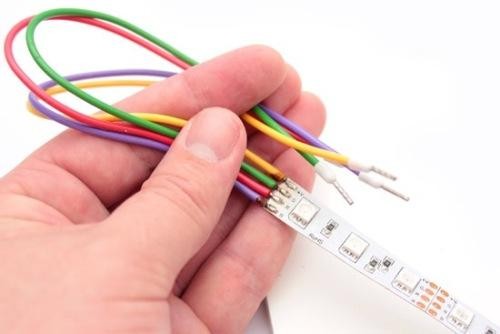
- A heat shrinking tube of the desired diameter is insulating the place of the soldering. The heat shrinking is performed carefully (with a safe distance) using a conventional lighter or a construction dryer with a special nozzle.
- Other ends of the wires are connected to the controller with observance of the designations on terminals (B, G, R and V +) corresponding to the color of the insulating material.
- We prepare the surface to which the tape will be mounted: it is necessary to treat the primer wall (ceiling plinth) or degrease the piece of furniture.
- On the back of the tape the protective film is removed, the tape is glued.

- In a secluded place, place the controller.
- To the corresponding controller terminals (marked "Output" or output) connect the wires of tapes, and to other terminals ("Input" or input) - wires from the power supply. Polarity must be observed.
- Connect to the network 220 to the power supply.
Important: bending the tape should be carefully, not at an acute angle. It is important to correctly attach an additional tape to the diagram (shown in the diagram).
Incorrect connection of additional tape
Proper connection of additional LED tape to the controller
On some nuances of installation of LED tape can be found by reading the video.




